
Experimental Lincoln Cents
1942 Experimental Alloy
Struck with regular dies. Composition: Aluminum 98.0%, Silicon 0.7%, Iron 0.6%, Silver 0.5%, Magnesium 0.4%. Weight 1.563 grams.
Value for one of these in mint condition is over $125,000.00.
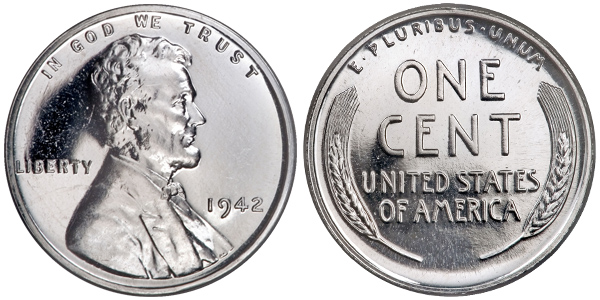
Photo By Heritage Auctions
Unusual 1942 pattern cents
These patterns were engraved by John R. Sinnock, and used to strike patterns at the mint and privately outside of the mint.
Pattern cents have been made of plastic, glass, rubber, Bakelite, fiber, and other unusual compositions in the search for a cheaper, lasting one cent coin. Most of these patterns were destroyed, but a few remain and are highly sought after by collectors today.
The metal patterns were struck at the mint, while the other composition patterns were struck by private firms.
The example below is struck in brown plastic with a plain edge.
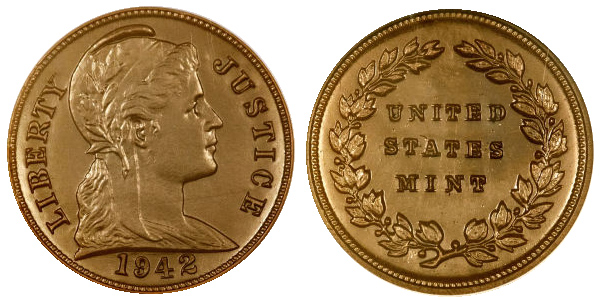
Photo By Heritage Auctions
The example below is struck in Zinc-coated Steel.

Photo By Heritage Auctions
The example below is struck in red plastic with a plain edge.
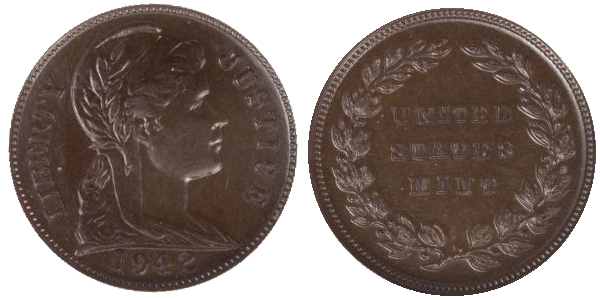
Photo By Heritage Auctions
The example below is struck in tan plastic with a plain edge.
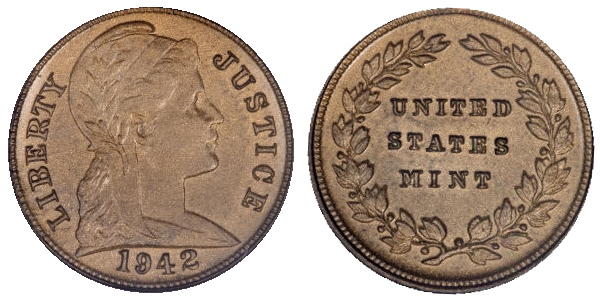
Photo By Heritage Auctions
The example below is struck in white metal with a plain edge.
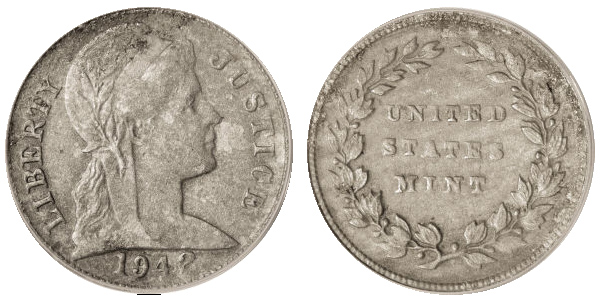
Photo By Heritage Auctions
The example below is struck in zinc alloy with a plain edge.

Photo By Heritage Auctions
The example below is struck in bakelite with a plain edge.

Photo By Heritage Auctions
The example below is a blank planchet for the 1942 patterns.
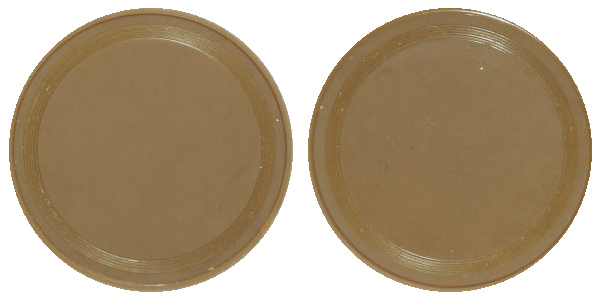
Photo By Heritage Auctions
1943 Experimental Cents
There are other known examples of experimental cents for 1943 including a Steel planchet coated with a combination of Zinc, Antimony, and Iron weighing 2.7 grams, and a Copper plated Steel cent weighing 2.8 grams.
The 1943 cent with Antimony in the coating appears darker in color than the common 1943 cents.
The Treasury decided on the Zinc-plated Steel composition for the 1943 cent, using the same design as previous years.
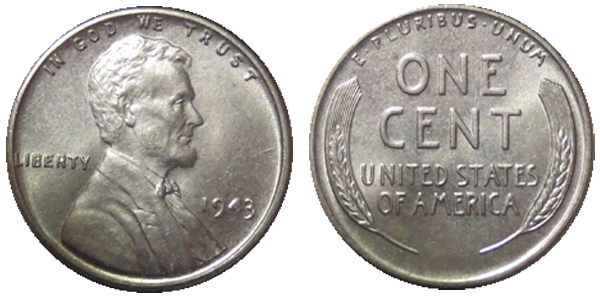
Photo By Lincoln Cents Online
1944 Experimental Cent
Made with the same dies used to make the regular issue 1944 cents, these coins are thicker than normal and weigh 4.1 grams verses 3.11 grams for a regular business strike Lincoln cent. Struck in Bronze with a plain edge.
Some experts now argue that these are not experimental strikes, but the result of a mint error using stock that was thicker than normal.
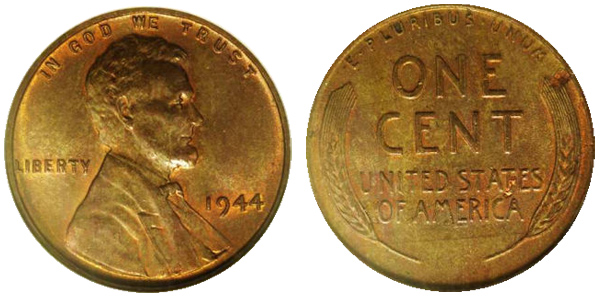
Photo By Heritage Auctions
1964 Experimental SMS Cent
These coins weren't discovered until around 1993-1994.
Weight 3.11 grams.
We don't know for sure why these coins were minted but it was most likely the result of the mint's search for an alternative to the proof cents that were not minted from 1965 through 1967. These coins show greater details and sharper strikes than the business strikes of the same year, yet do not have the reflective shine of the proof cents. No one knows for sure how many of these experimental coins were minted, but it is estimated that the number is less than 50. Even though it is believed that the mintage number is very low for these special cents, there are most likely more to be discovered.
Example #1
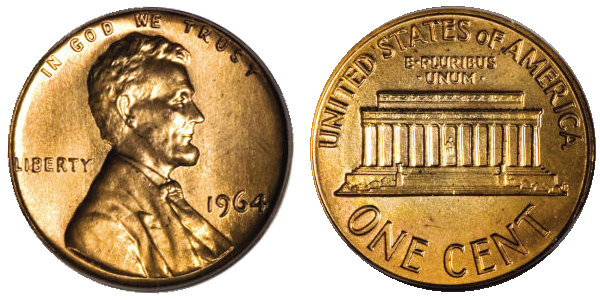
Photo By Heritage Auctions
Example #2

Photo By Heritage Auctions
General Motors Roller Dies Pattern
Struck in copper with a plain edge.
Circa 1964 General Motors Roller Press Cent
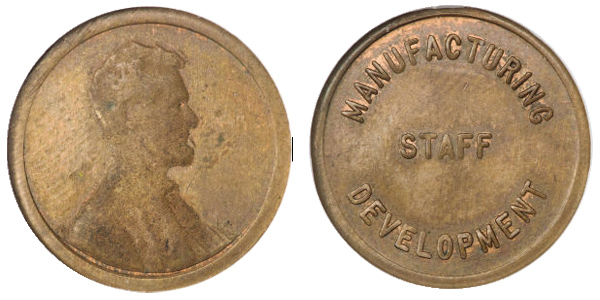
Photo By Heritage Auctions
Undated Circa 1967 General Motors Pattern Cent
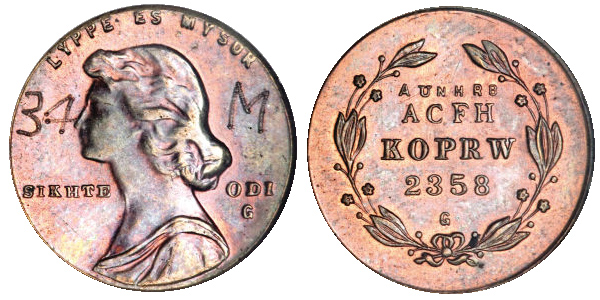
Photo By Heritage Auctions
Undated 1964 to 1969 General Motors Cent
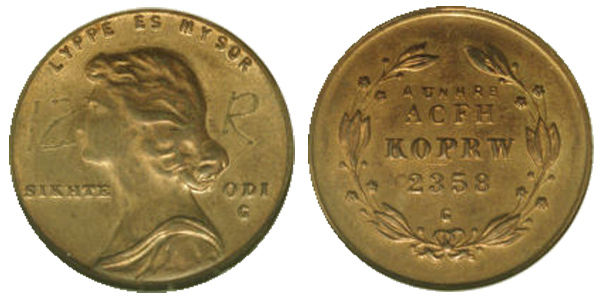
Photo By Heritage Auctions
Circa 1967 P1C General Motors Pattern Cent
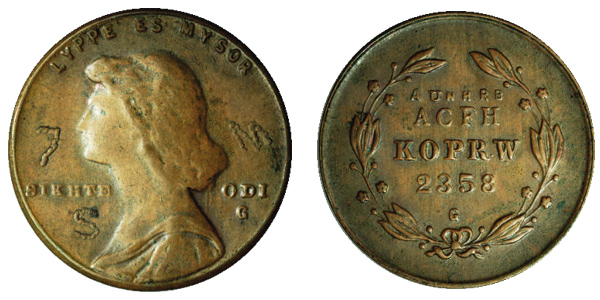
Photo By Heritage Auctions
1974 Aluminum Cent
When a government mints coins, it likes to make a profit. This profit is called Seigniorage, the difference between the cost to mint a coin and the coins monetary value. In 1973, the mint decided to use a new Aluminum alloy for the 1974 cents. This would save the mint money from the more expensive Copper it had been using. 1,571,167 - 1974 dated Aluminum alloy cents were struck. None of these coins were ever released into circulation. Some of these new Aluminum cents were given to US congressmen, but when the new alloy was rejected, the coins were recalled.
The mint destroyed all examples of the 1974 Aluminum cents, but a couple of examples that were not returned to the mint are known to exist. One is in the Smithsonian Institution. Another example turned up in 2014 dated 1974-D. There is a legal battle over who owns the coin, since they were all recalled for destruction.
1975 Aluminum Cent
In 1975, the Mint struck 66 cents made of Aluminum. These were all destoyed except for a couple. There are none known to exist today, and the secret service has said that if any turn up, they will be confiscated.